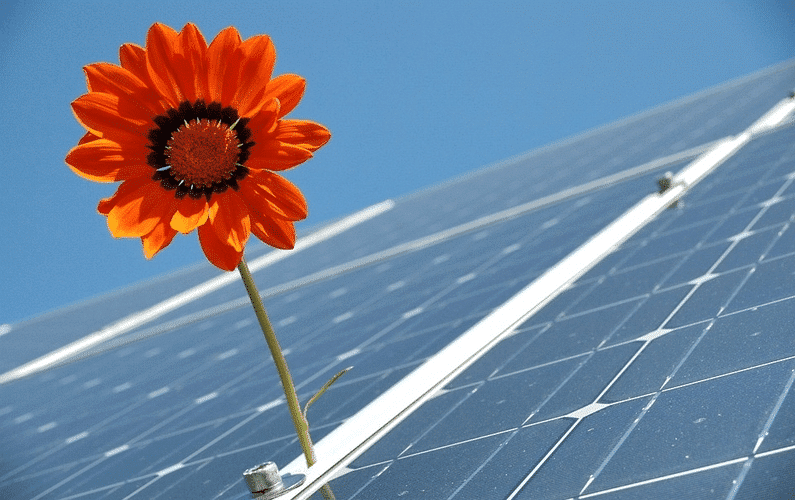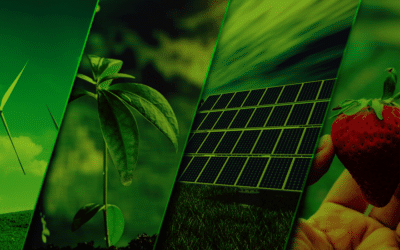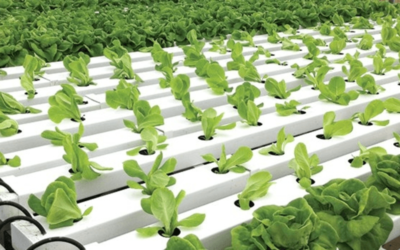Investing in eco friendly living homes with photovoltaic solar panels is one solution to the problem. Though these homes are more expensive than traditional ones. If you’re a first time home buyer, does it make sense to splurge now and to save in the future? Here’s everything you need to know about owning a photovoltaic solar powered home.
The advantages of photovoltaic solar power
Beyond the obvious savings on the monthly electricity bill, photovoltaic solar power makes sense for a number of good reasons. Eco friendly living homes that run on photovoltaic power systems include the following benefits for homeowners:
Never run out of electricity
As long as the sun is shining, we’ll be able to run the home. The sun is a renewable source of energy unlike coal and gas. It’s not subject to price increases, and isn’t likely to run out any time in the next 5 billion years!
Get paid for excess electricity
In the future, we may get paid by the national supplier when generating more electricity than required, by feeding that excess back into the grid. Adopting green and eco friendly living habits could prove to be profitable.
Many Electicity Suppliers are already paying for excess electircity to be fed back into the grid.
Always have electricity when needed
By adding backup batteries to the photovoltaic solar system, excess energy is stored for use during the evenings. And when batteries aren’t installed, by using a hybrid grid-tied system, switching between photovoltaic solar power and the grid is enabled. That way electricity is always available.
Low maintenance costs
While photovoltaic solar panels seem futuristic, they are easy to care for. With few moving parts, there’s little chance that of spending a fortune on repairing or replacing parts. The only thing needed is to keep the panels free of dust and debris. If the panels are dirty they won’t absorb as much energy from the sun. All it takes to keep the panels clean is a hose and a little soapy water. Eco friendly living houses are generally cheaper and easier to maintain.
Property aesthetics
New developments are finding ways to integrate photovoltaic solar power and other green and eco friendly living features into the design of a home. Rainwater harvesting tanks, for instance, are installed underground to ensure they don’t detract from the appearance of eco friendly living houses. The benefits of photovoltaic solar power has resulted in more homeowners retrofitting this green technology to their existing homes.
ROI of a photovoltaic solar power system
After a few years, monthly savings on electricity pays for the photovoltaic solar power system – thus it pays for itself. Depending on the size of the system ROI is within five to eight years. Calculating current electricity costs over say 10 years, adding a modest price increase; keeping in mind the home is fully temperature controlled too, is an easy indication of the ROI period.
After that, savings continue progressively as the price of electricity increases. Keeping in mind when the green smart home is sold on, the cost of the green smart home features is fully recouped. Living green and eco friendly adds value in surprising ways.
The photovoltaic solar power system will last for many years
Photovoltaic solar panels are built to last for many, many years. Improvements in the technology will bring the cost of components down over time. Nevertheless, we’re able to start saving by installing a photovoltaic solar power system.
How does solar power work?
Greener and eco friendly living is the way to go. Photovoltaic solar power is a main green smart home feature. Broadly speaking, here is how it works.
The sun operates like a nuclear reactor, sending out packets of energy known as photons which reach the surface of Earth in eight-and-a-half minutes. Every hour, enough photons bombard our planet to satisfy global energy needs for a whole year!
Such a system is made up of photovoltaic solar panels and an inverter. The panels capture the energy from the sun and transform it into Direct Current. The inverter takes this and converts it into Alternating Current. It is this Alternating Current that is used to power the appliances in the home.
How much do solar panels cost?
There is no standard answer to this question. It all depends on how much power is needed to provide for a family’s needs. When designing eco friendly living houses, developers take the following into consideration:
- How much sun does the rooftop receive?
- What is the size of the roof?
- How much power is required?
- What is the budget?
- Whether it’s a hybrid grid-tied system?
- Whether backup batteries are required?
- Whether smart technology is required?
These are the questions to consider when investigating the idea of installing a photovoltaic solar power system; to an existing property or when it’s being designed for a ready-built eco friendly living home.
Which solar power system is the best?
There is a choice of three systems. Let’s take a closer look at them:
Stand-alone photovoltaic solar system
This type of photovoltaic system is also known as an ‘off-grid’ system. It operates independently of the national grid and makes use of backup batteries to store the power generated by the photovoltaic solar panels during the day. This means solar energy is used to run the home late into the night and during periods of bad weather.
Hybrid grid-tied system
The system works with the national grid. It reduces the electricity bill and is able to switch over to the national supply when needed.
The system also acts as a backup during load shedding and power disruptions.
Ideal green smart home system: hybrid grid-tied, photovoltaic with battery backup
When implementing a photovoltaic solar system, adding backup batteries and tying these to the grid, is the ideal green smart home system.
Such a system works like this:
During the day, the photovoltaic system runs the green smart home directly from the sun. Excess power is stored in the backup batteries. When the backup batteries are replenished, further self-generated excess power is fed into the grid, accumulating a credit with the grid service provider. On most days, by 11h00 the backup batteries are loaded and excess is going to the grid. From around 18h30 the home is run from the backup batteries. Once the batteries reach their evening threshold, the grid is used; first depleting the previously earned credit. Thereafter the grid usage is paid for. The backup batteries evening threshold allows for battery power to run the home during the morning peak period, after which the sun kicks in again. This cycle is repeated each day.
By designing the system to use the home’s own electricity during the morning and evening peak periods, should tiered electricity tariffs be implemented, the highest tariffs is never paid!
The number of photovoltaic solar panels and backup batteries installed is calculated based on evening usage and how much excess is fed into the grid. This is the ideal green smart home electricity system. Becoming independent of the grid on own terms.
How much will I save?
The main reason for investing in any kind of green smart home technology comes down the savings. When determining whether spending a substantial amount of money on a photovoltaic system is worth it, understanding the potential savings is necessary. With photovoltaic solar power there are three areas where savings are achieved:
- Electricity bill
As mentioned earlier, monthly savings will be determined by how much energy is needed to run the home. The up-front cost of installing a photovoltaic solar system will be offset by the savings. The more that is spent on electricity now, the more the savings are in the future.
Photovoltaic solar systems require little maintenance so apart from the initial installation costs, there is the maintenance costs.
- Property value
Although it’s not a direct saving, the cost of the photovoltaic system is incorporated in the property value when selling it on. Eco friendly living homes will become more valuable as the trend grows, resulting in higher resale values.
- Avoid future price increases
The cost of electricity will continue increasing. Opting for photovoltaic solar power arrests any future price increases.
Green and eco friendly living is here to stay. It’s a real solution to the challenges we face of limited resources that will become more expensive in the future. To maintain our standard of living, it’s worth embracing green and eco friendly living philosophies to reduce our dependence on these resources without sacrificing comfort.
Photovoltaic solar energy makes a lot of sense for home buyers and existing home owners. Be prepared for the future!








